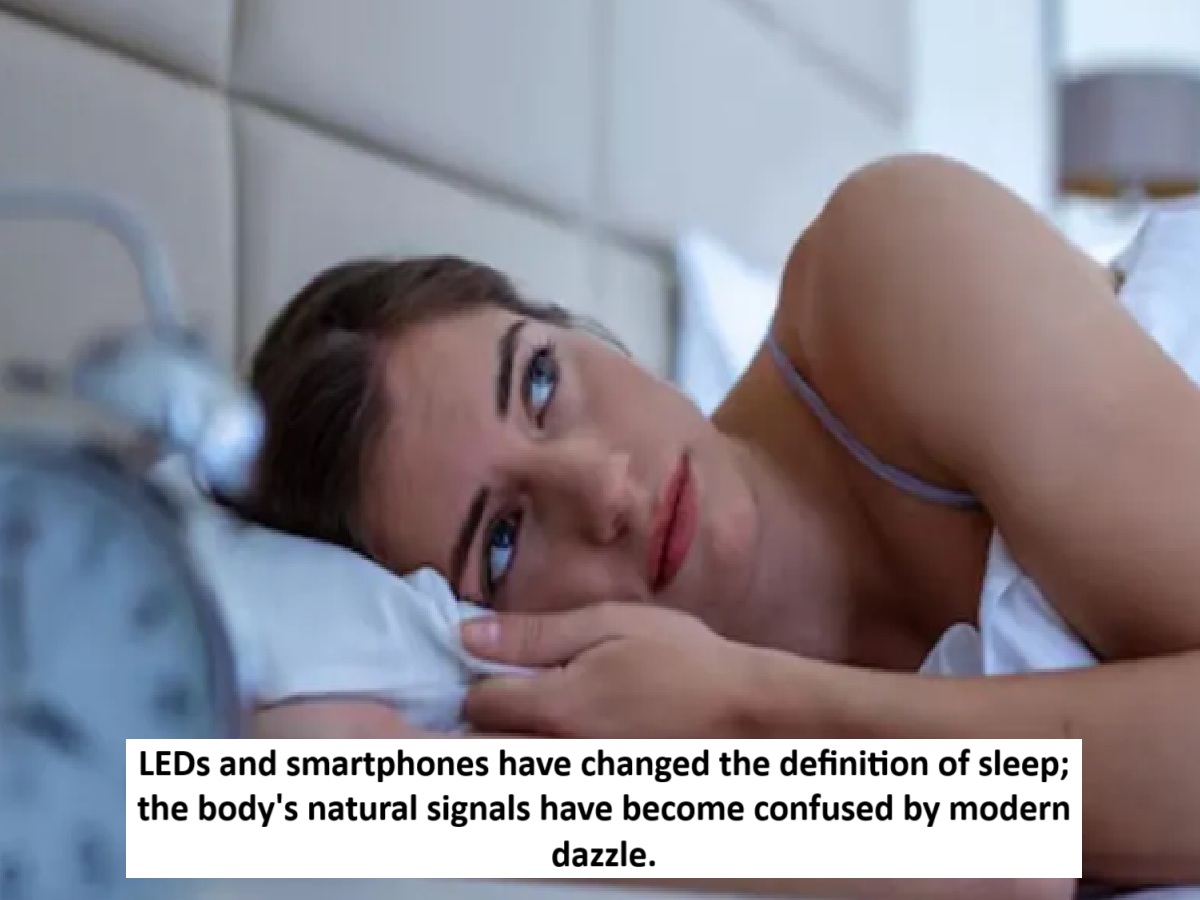
News Topical, Digital Desk : We all have an invisible clock running within us, neither powered by a mobile phone battery nor by an app. It's the "lunar clock," which regulates many of our bodily processes in accordance with the moon's 29.5-day rhythm. But the dazzling ambiance of the modern age—city lights, the glow of screens, and satellites that turn night into day—has disrupted this natural rhythm.
What is this 'Lunar Clock'?
Just as our circadian rhythm is linked to Earth's 24-hour day-night cycle, the lunar clock is linked to the moon's cycle. Many animals, marine species, and even humans have long followed this rhythm. It affects our sleep, reproduction, and even energy levels.
Coordination broken due to increased light
The age of artificial light has disrupted this natural balance. Research has found that as the world's nighttime darkness diminishes, so too are our biological signals. While the waxing and waning of the moon once guided our bodily processes, that influence is now lost in the urban glare.
The deep connection between the moon and sleep
A 2021 study of the Toba community in Argentina showed that people went to bed later and got less sleep three to five days before a full moon. This same effect was observed, albeit in a weaker form, in large cities like Seattle. The implication is clear: electric light can suppress, but not eliminate, the moon's effects.
The moon's effect is not just due to its light, but also due to its gravity.
Scientists believe that our sleep patterns are influenced not only by moonlight but also by the moon's gravitational pull. Two times each month, when this pull is strongest—at the full moon and new moon—the body's biological clock experiences a slight shift.
Scientific evidence for changes in sleep
A 2013 study found that participants took about five minutes longer to fall asleep during a full moon, slept about twenty minutes less, and produced less of the sleep-regulating hormone melatonin. Furthermore, their deep-sleep brain waves (EEG slow-wave activity) were about 30% lower.
Women's menstrual cycles and lunar rhythms
In ancient times, when there was no electricity or screens, many women's menstrual cycles began around the full moon or new moon. However, after 2010, when LED lighting and smartphones became commonplace, this natural rhythm gradually disappeared. A slight effect can still be seen only during certain months, especially January.
Artificial light has changed the definition of night.
In today's world, there are cities—like Singapore or Kuwait—where nights are never completely dark. The brightness that permeates the sky has virtually eliminated our body's old "moon signals." This is why many people experience unexplained restlessness, sleep deprivation, or mood swings, without realizing that this disconnect with nature is the real cause.
What does science say?
Genetic studies have shown that humans still possess an internal lunar clock. It is linked to several clock-related genes, suggesting that the moon's influence extends to the molecular level of our cells.
It is important to connect back to the rhythm of nature
We can't completely erase this lost rhythm in our bodies, but it's possible to regain it if we distance ourselves from artificial light. Limit mobile screen time at night, avoid unnecessary exposure to bright light, and occasionally look up at the sky without any light. Because when the moon moves in its slow rhythm, our bodies respond in kind.
Read More: Poor sleep and obesity are contributing factors to breast cancer! ICMR issues this warning to women
--Advertisement--

 Share
Share



